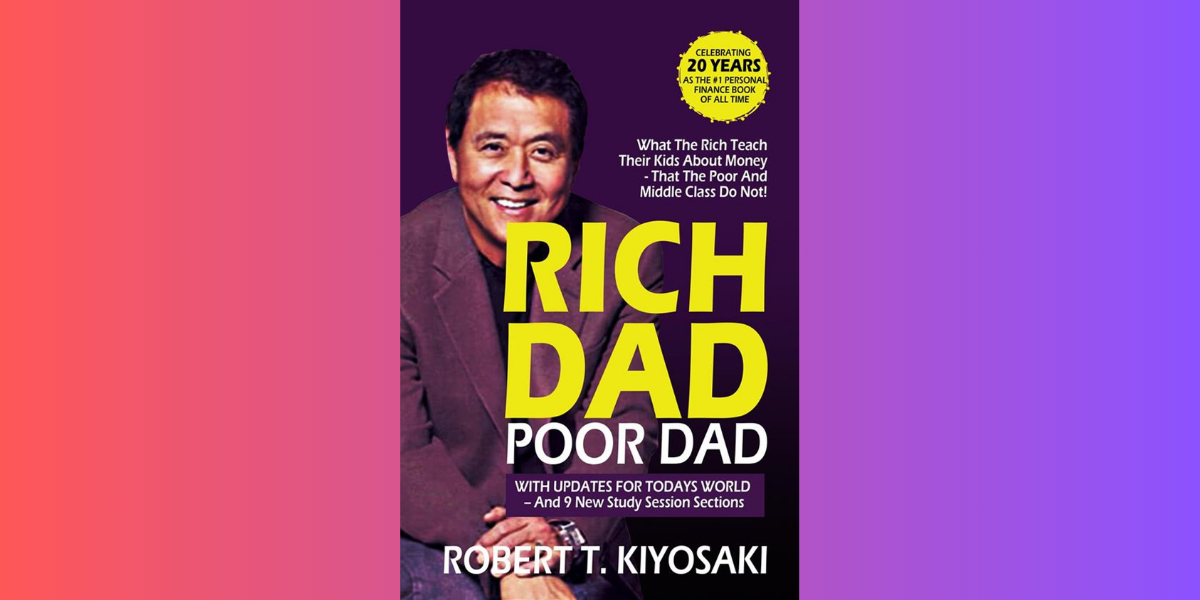There are cultural barriers that translation must scale through to be effective. In most cases, we find a country having several cultural diversities. These differences impede, in one way or the other, effective translation because of varying conceptions of reality occasioned by languages.
The term “cultural” seems inexorable. Culture is the word and it has to do with the totality of a people’s way of life. Cultural translation is the communication between source language/cultures and target language/cultures.
Translation theorist, Nida (2005) pointed out: “For truly successful translating, biculturalism is even more important than bilingualism since words only have meanings in terms of the cultures in which they function.”
With the help of cultural similarities and cultural universals, it is possible for people to translate and thus they could communicate with each other. Although cultural universals or cultural similarities make translation plausible, cultural differences also exist. These cultural differences can be mainly categorized in the following five aspects.
- Influence of Religious Culture on Translation
- Influence of Historical Culture on Translation
- Influence of Customs on Translation
- Influence of Thinking Difference on Translation
- Influence of Different Geographical Environment on Translation
How to overcome the cultural barriers?
The culture difference is the biggest problem in the process of translation, which makes our translation difficult, so we need to use translation strategies to achieve the translational goal.
-
Transliteration or Literal Translation with Cultural Explanation
When you translate cultural terms, that is, the names of persons and places that are unique to the source culture, it is workable to use the specific method of transliteration with a cultural explanation. By resorting to this translation strategy, not only the target reader can get to understand some knowledge about the source language culture, but also the target culture will be enriched by the totally new cultural concepts. The translation method is often applied to translate proverbs with obvious cultural connotations. To a large extent, proverbs serve as a reflection of the unique history, customs, and habits of a nation. The reason why the strategy of transliteration with cultural explanation is frequently applied to translate proverbs is that literal translation can display the images and national characteristics of the proverbs and cultural explanation can render the cultural connotation of proverbs to readers.
-
Loan Translation
Loan translation can be used to translate idioms or proverbs that have semantically equivalent images of the target language to translate the images of the source language. Although loan translation will result in the loss of some of the original color of the source text, the target text is more acceptable and easily understood by the target text readers because it is closer to the target culture.
-
Free Translation
If the two translation methods mentioned above cannot be applied to translate the original text, the translator has another choice, that is, to use free translation. Free translation puts the sense of the source text above its form, that is, to focus on the rendition of the meaning of the original text.









